The CHALLENGES project officially marked its successful conclusion during its final review meeting, held in Rome. Bringing together leading experts, researchers, and partners from across Europe, this meeting provided a comprehensive review of the project’s achievements, challenges, and its significant contributions to the advancement of real-time nano-characterization technologies.
The meeting opened with an acknowledgment of the remarkable work conducted under the CHALLENGES banner. Despite facing global adversities, including raw material shortages and geopolitical tensions, the consortium demonstrated resilience and adaptability, ensuring the project stayed on course and met its key objectives.
Key discussions centered around the cutting-edge technological developments achieved within CHALLENGES, from innovations in nano-optical metrology to advancements in semiconductor strain analysis. These outcomes are expected to have a lasting impact on industries ranging from semiconductor manufacturing to material science, offering faster, more accurate, and real-time monitoring solutions.
The final review meeting was not only an opportunity to reflect on past successes but also a moment to outline the potential future applications and market integration of CHALLENGES’ results. Public Officers in attendance commended the consortium for its efforts, emphasizing the importance of ensuring that the technological advancements made during the project would contribute to Europe’s scientific and industrial leadership.
As the meeting came to a close, there was a strong sense of achievement, shared among all the partners and stakeholders. The CHALLENGES project has been a testament to the power of collaboration, innovation, and persistence in the face of adversity.
We extend our heartfelt thanks to all members of the CHALLENGES consortium, as well as the public officers, stakeholders, and external partners who contributed to the project’s success. The outcomes are now poised to enter real-world applications, driving innovation in nano-characterization for years to come.

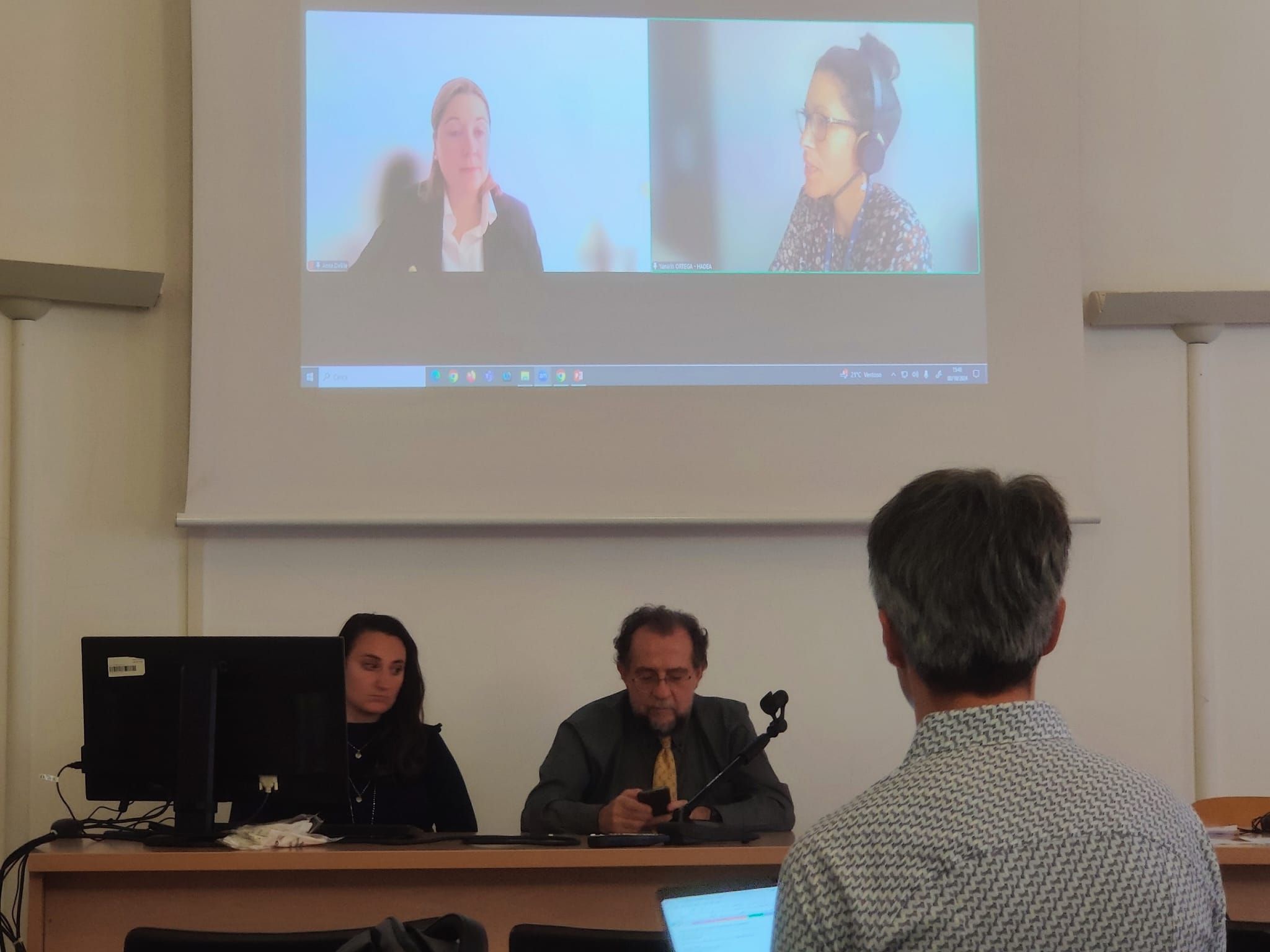
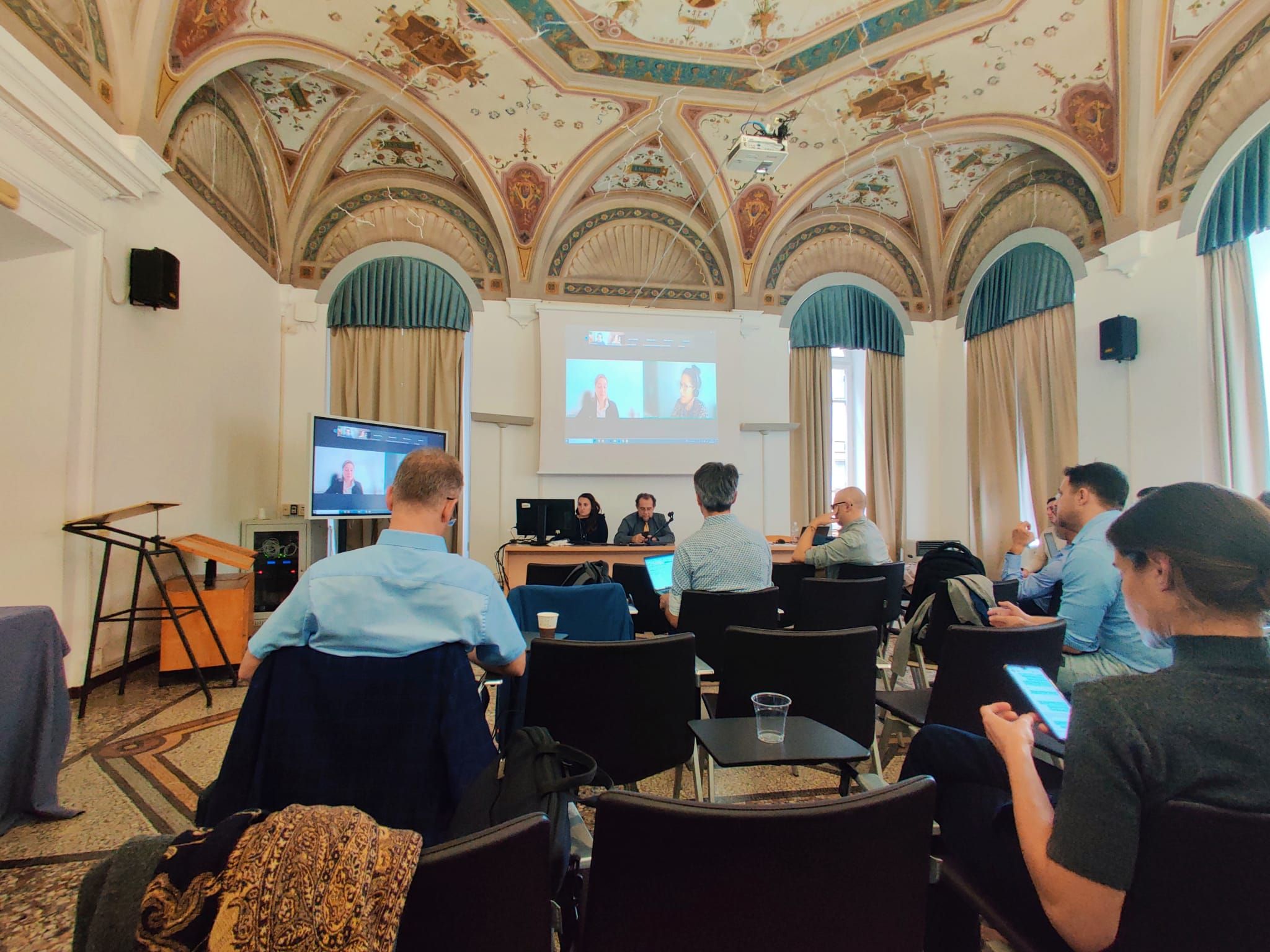
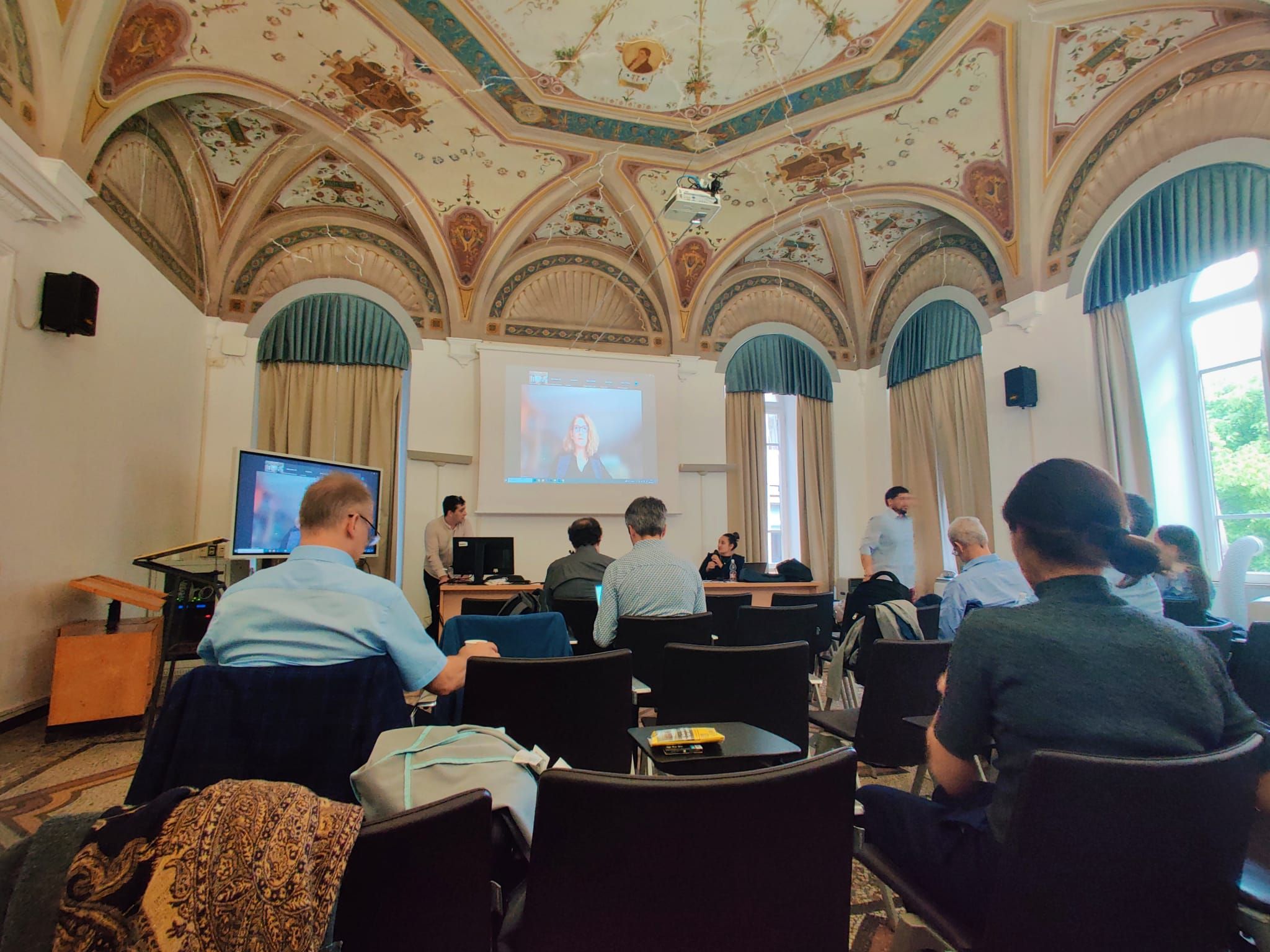
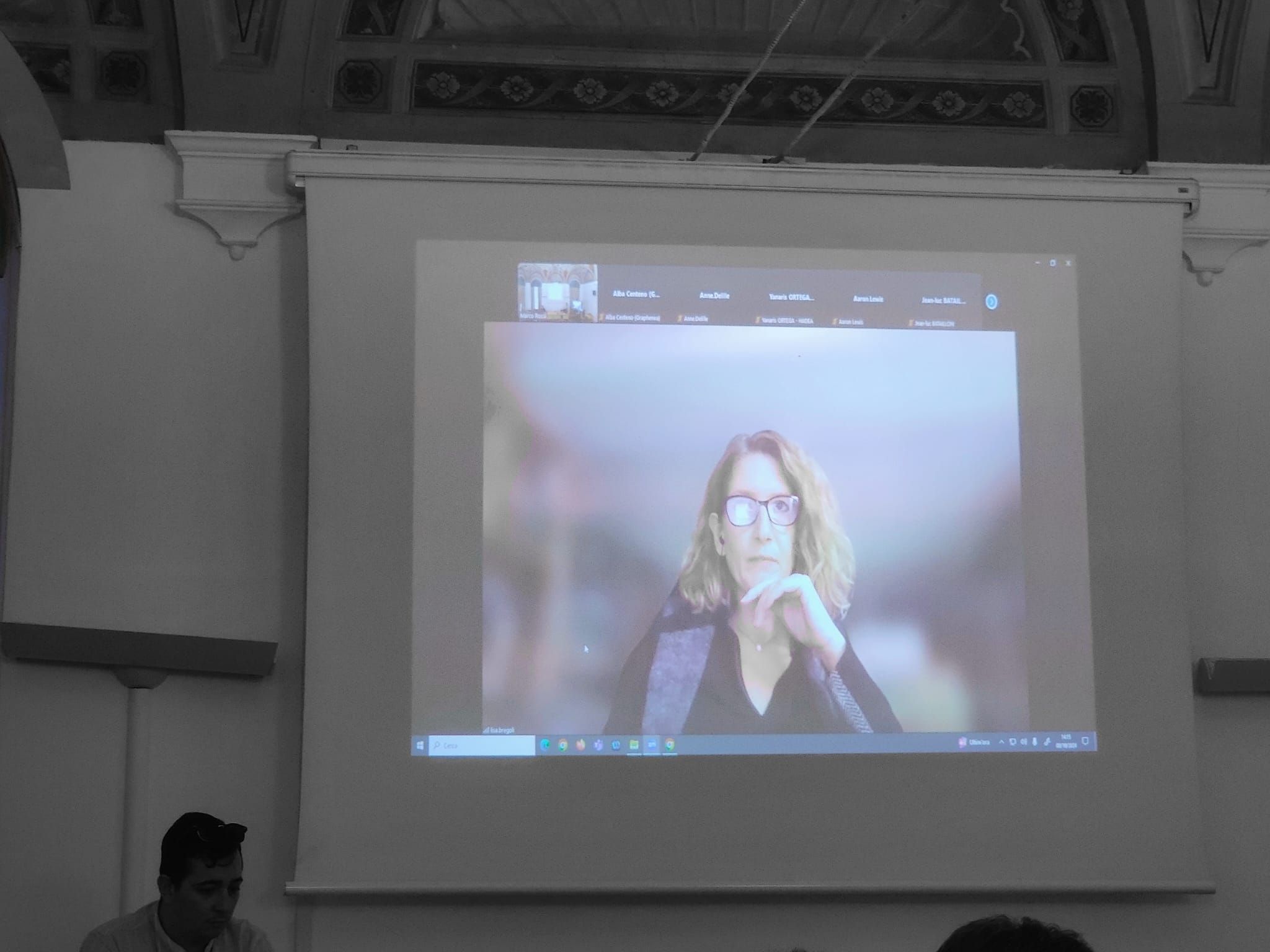
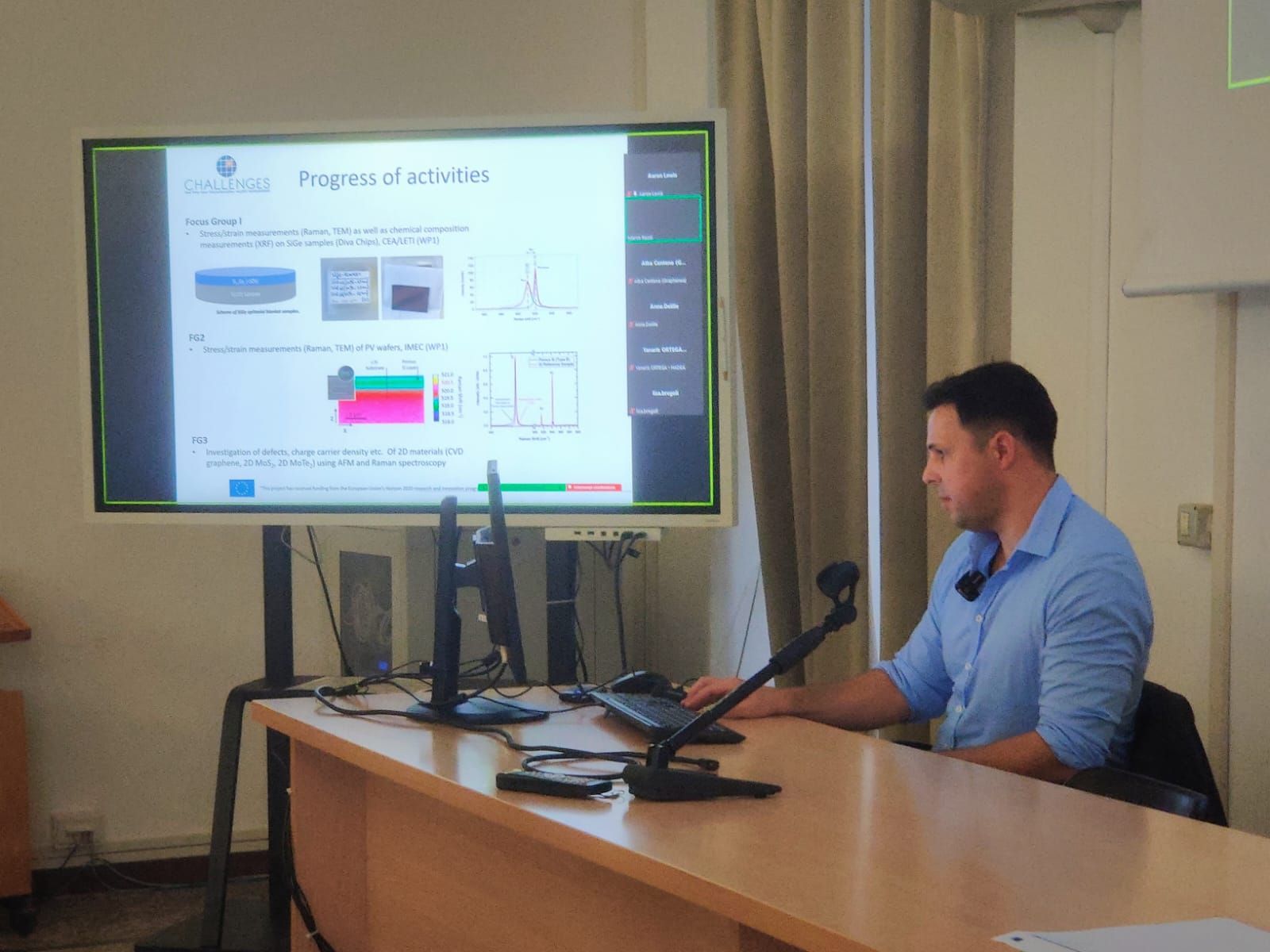
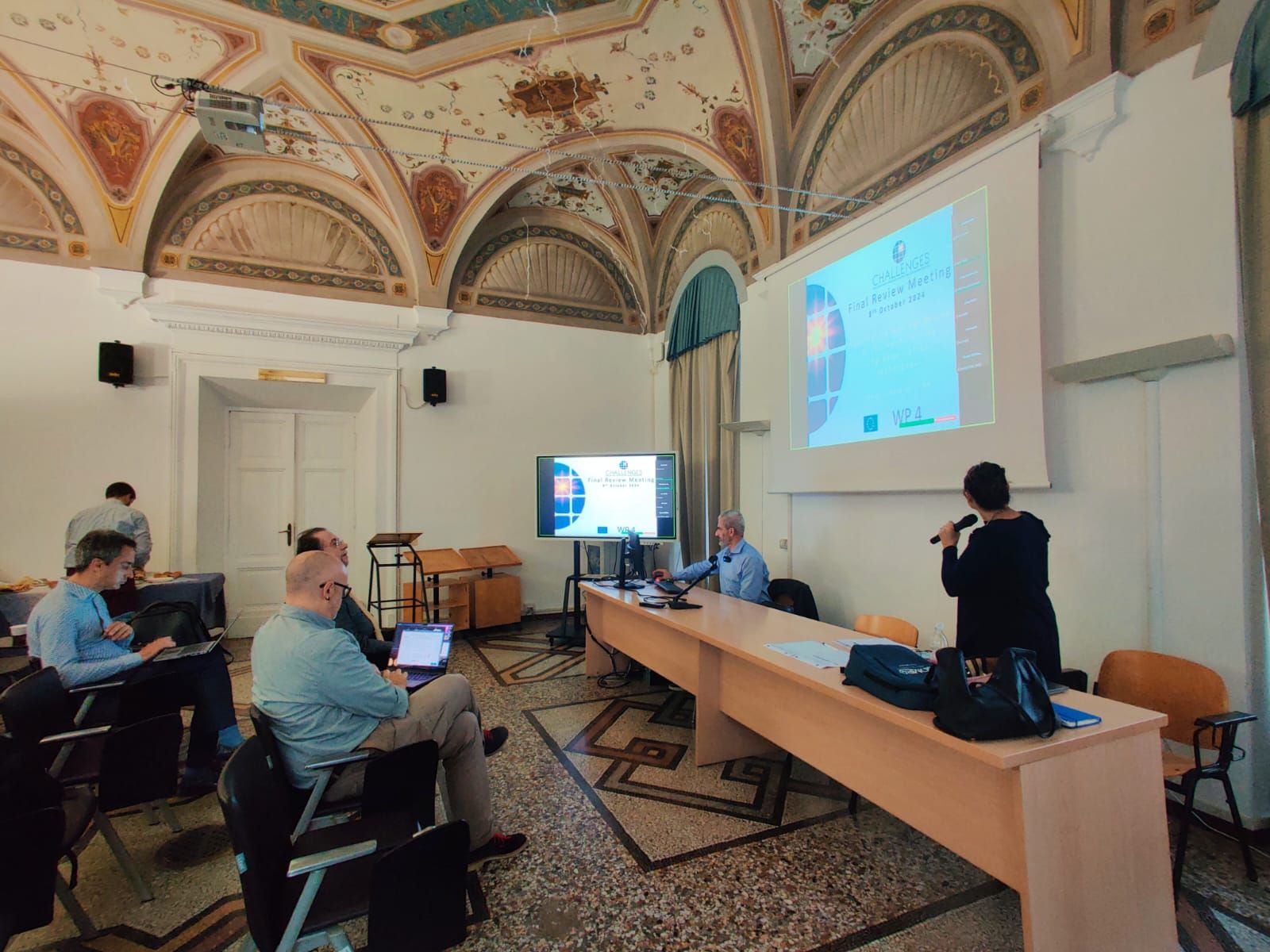
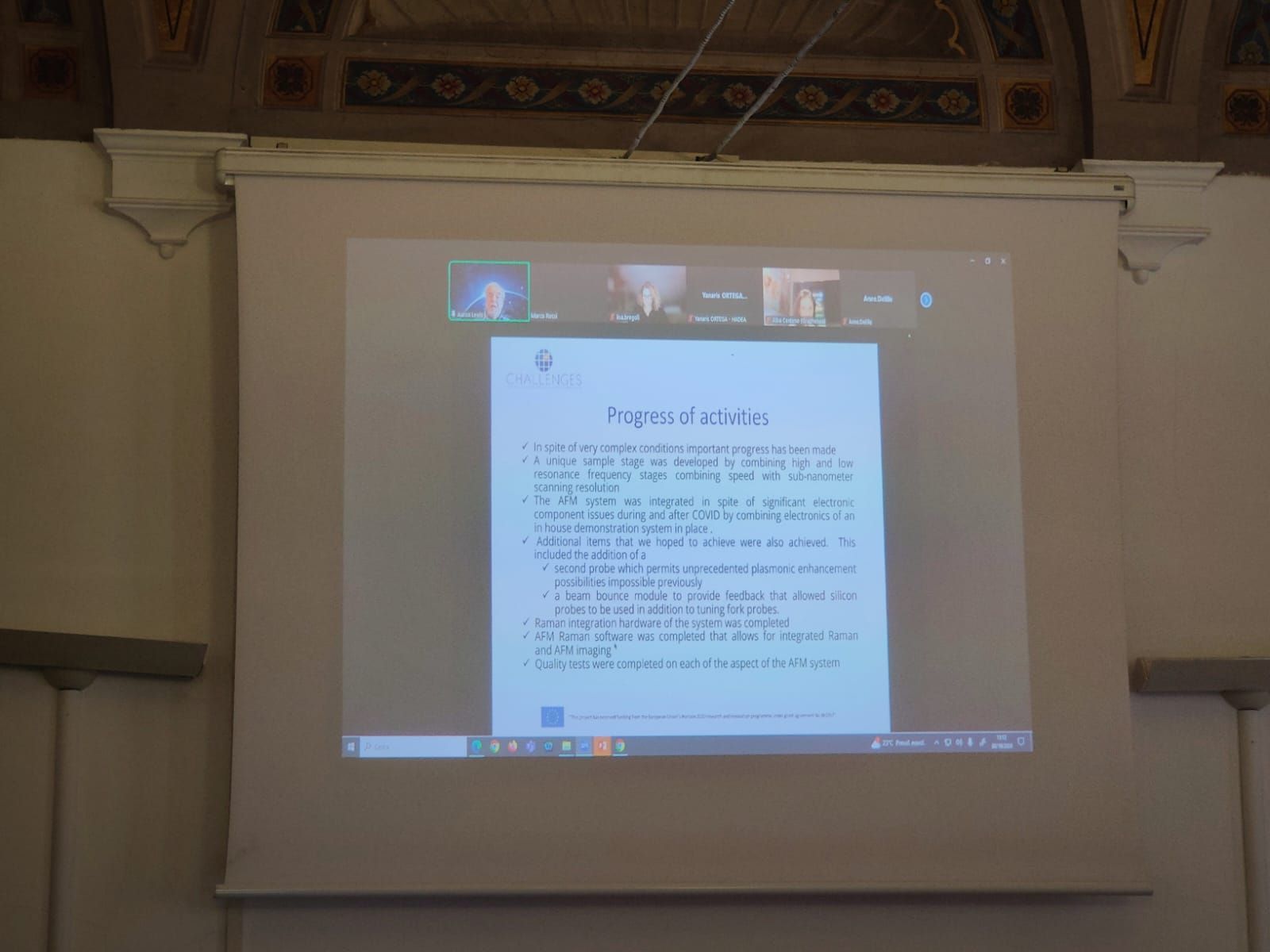
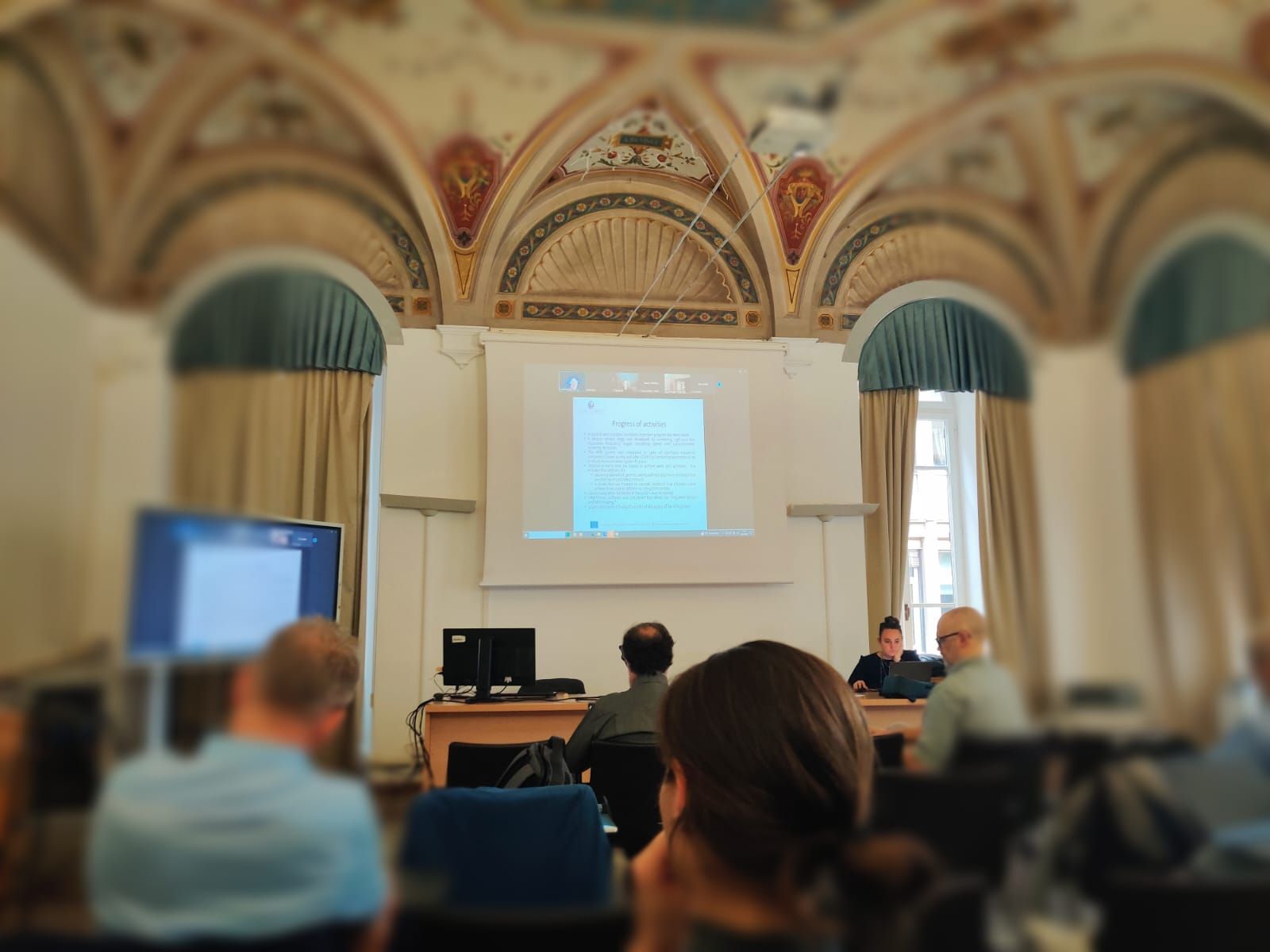
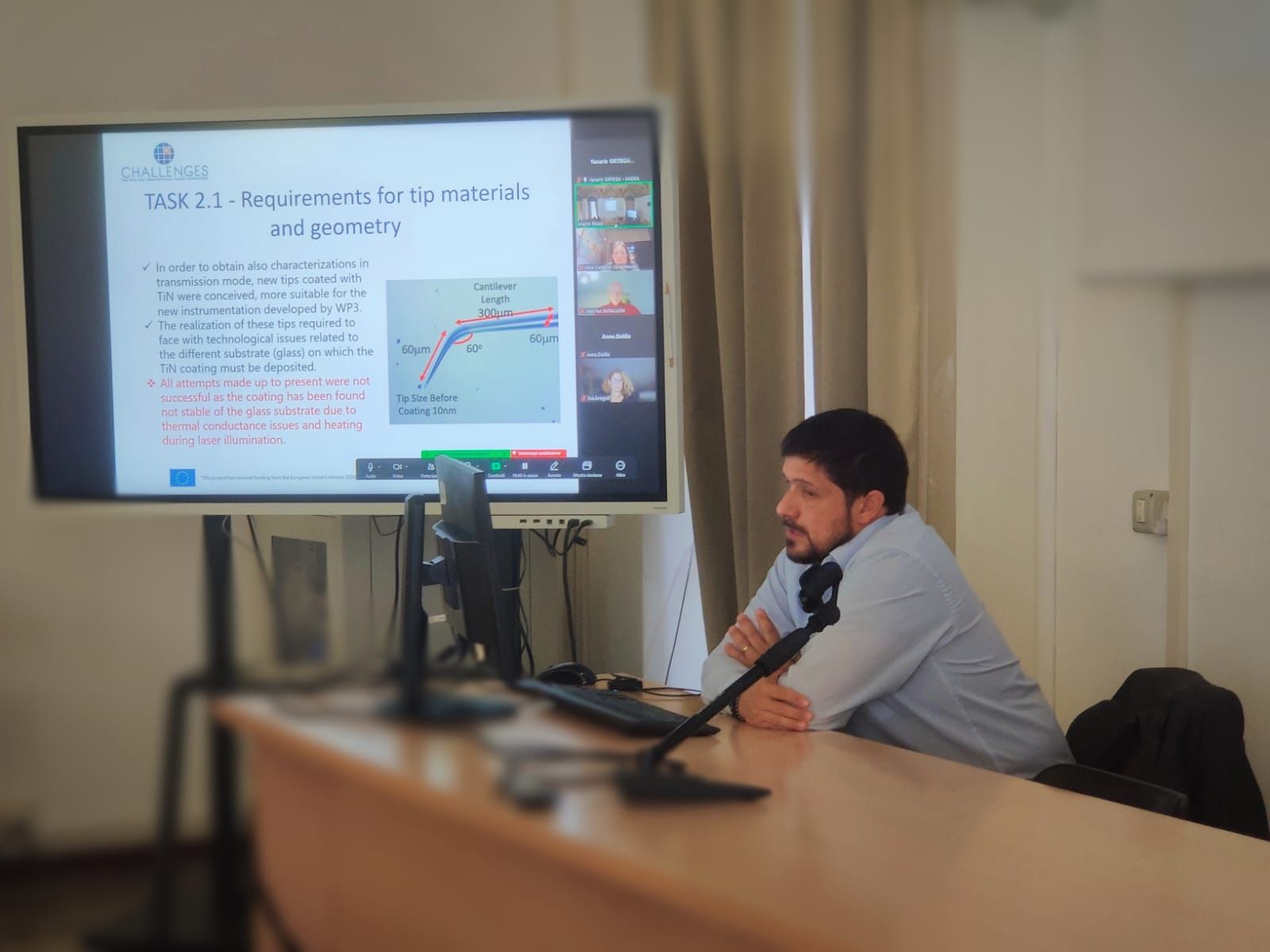
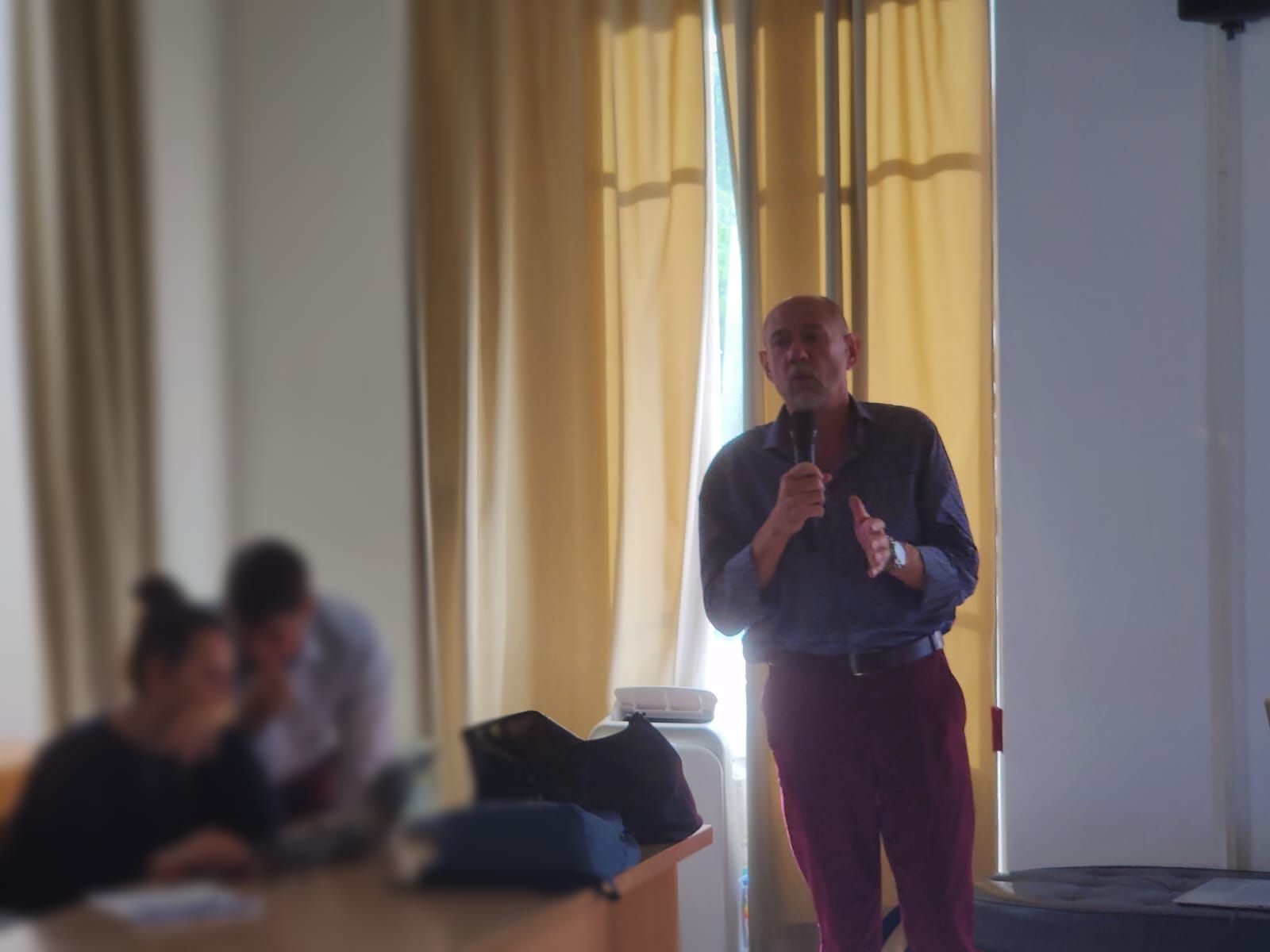
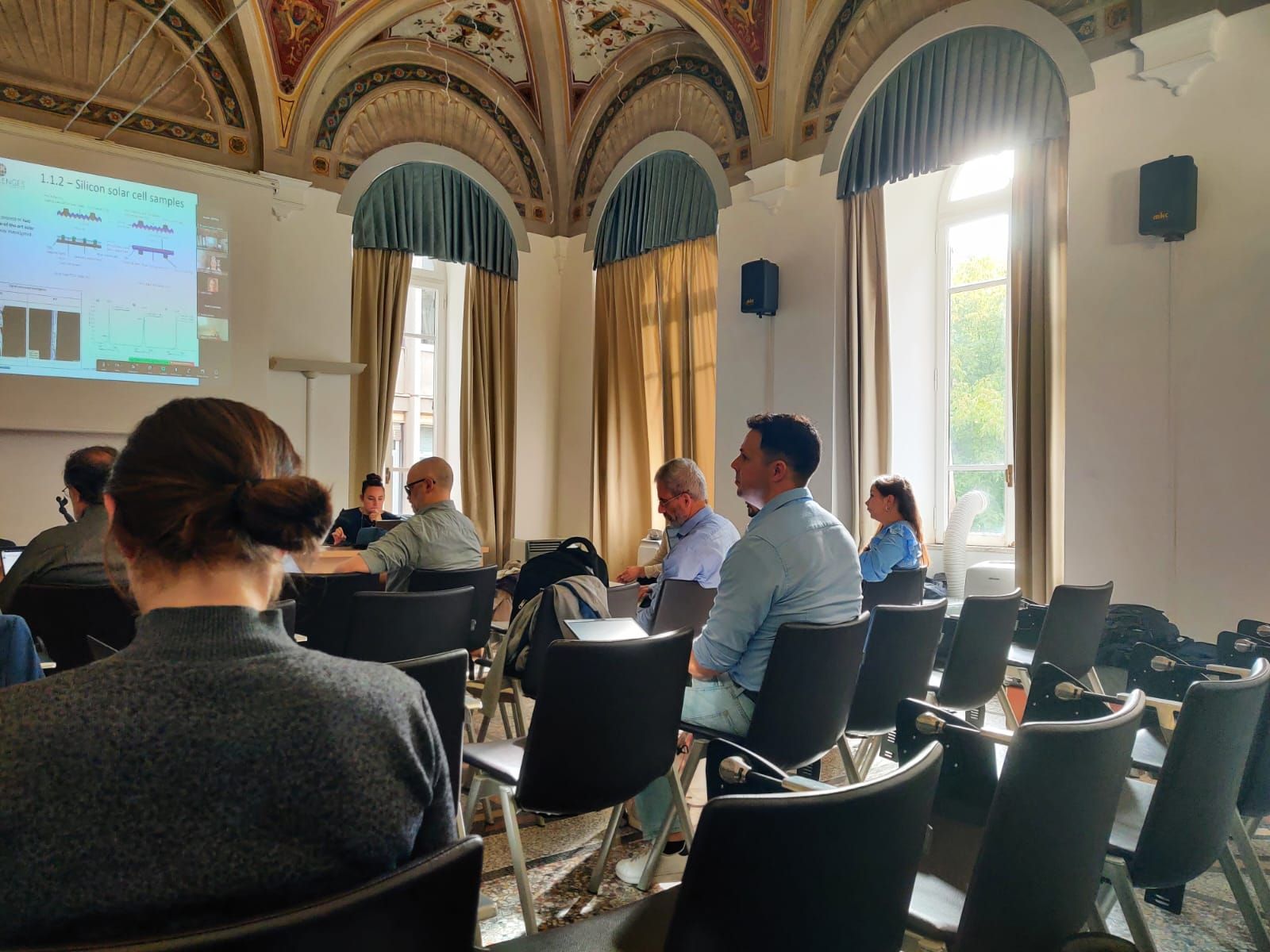
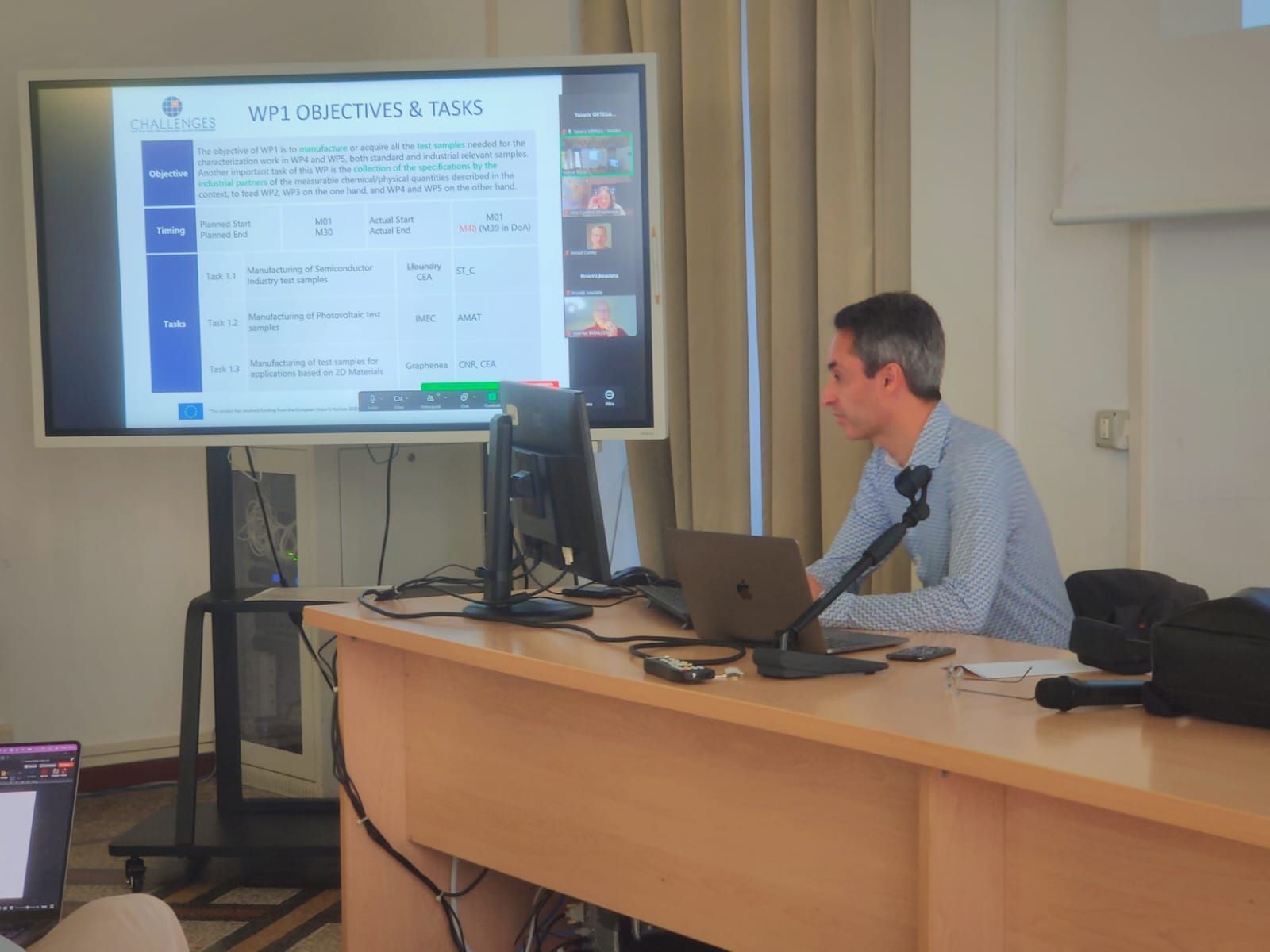
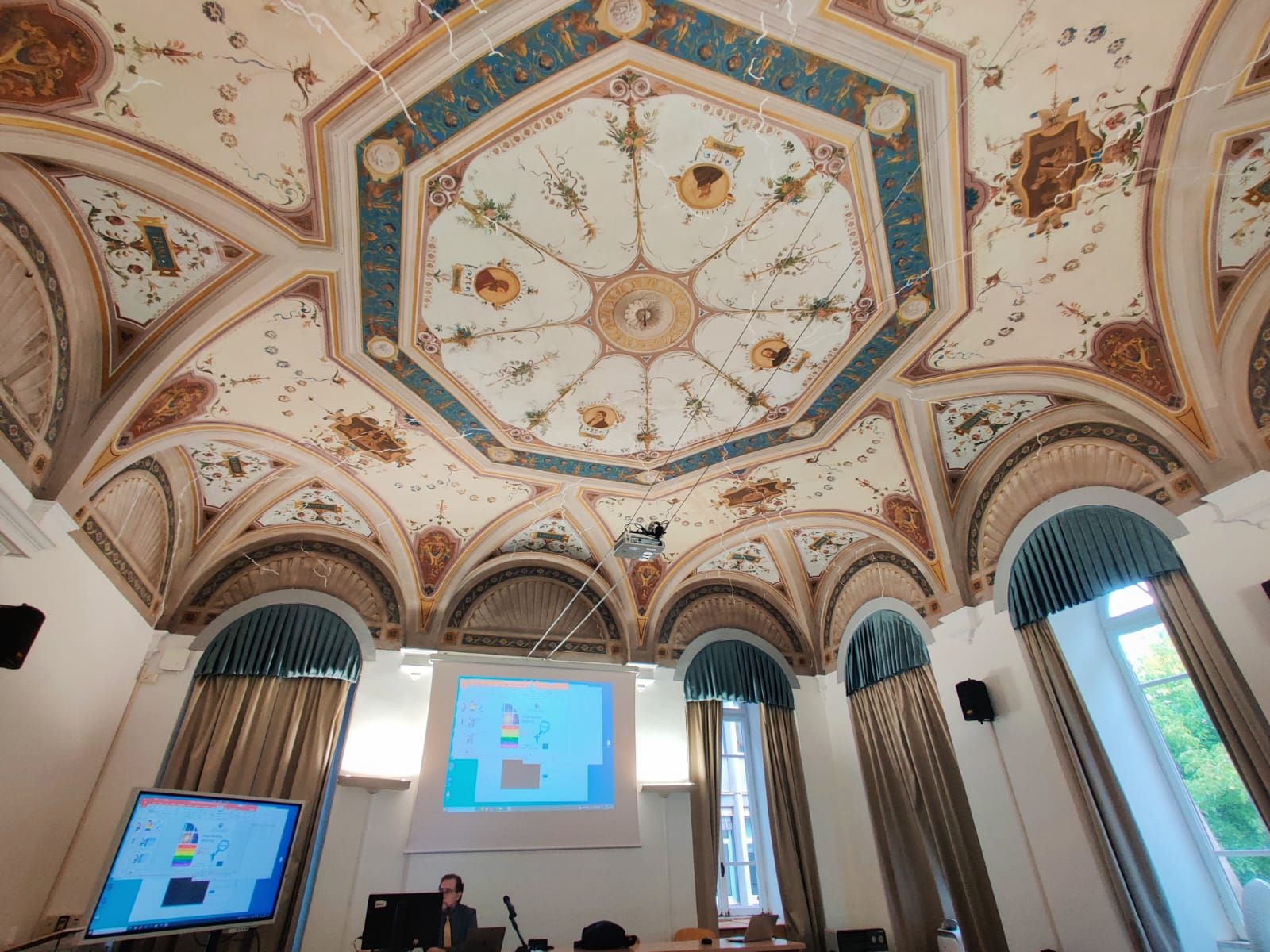
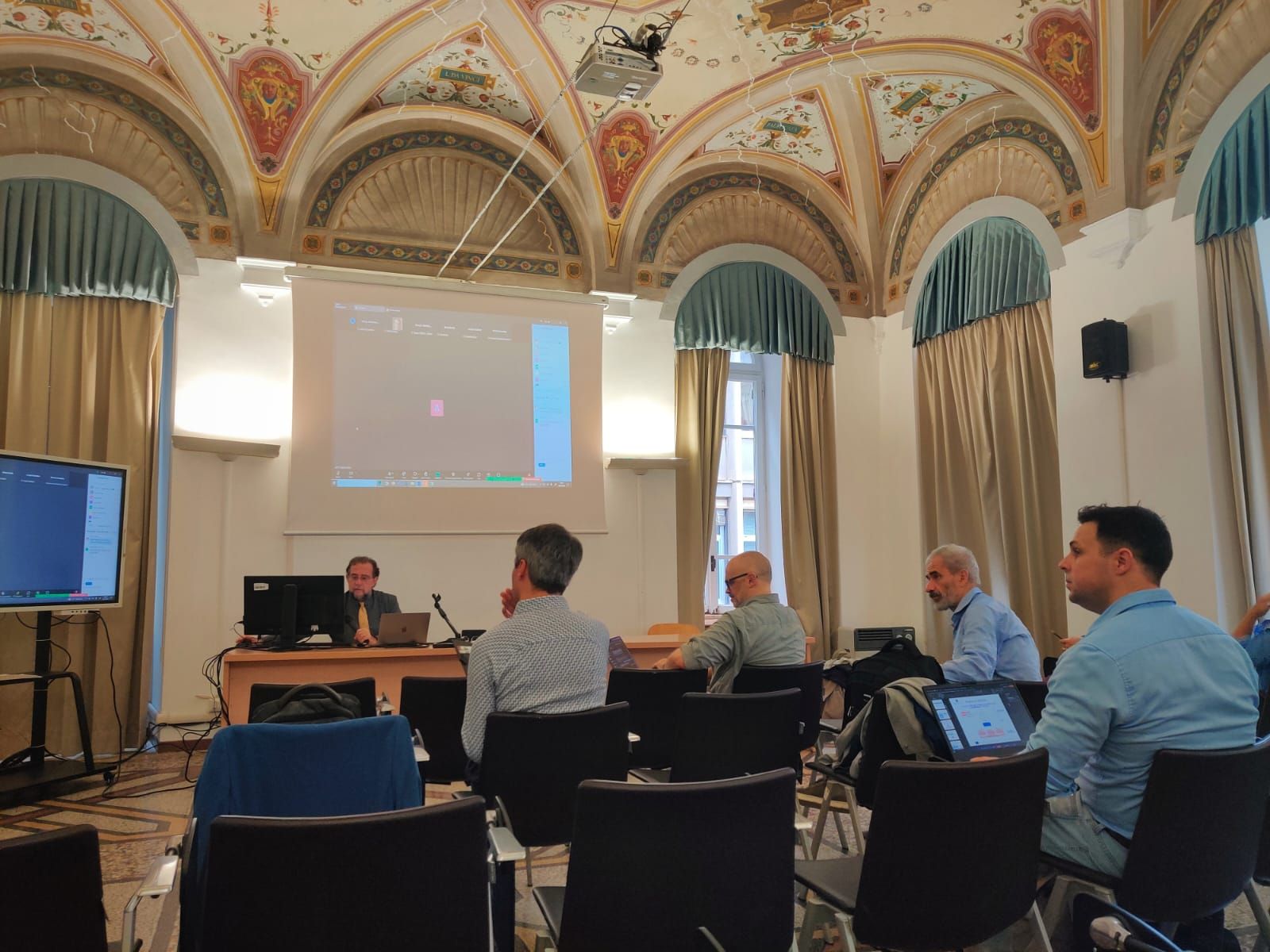
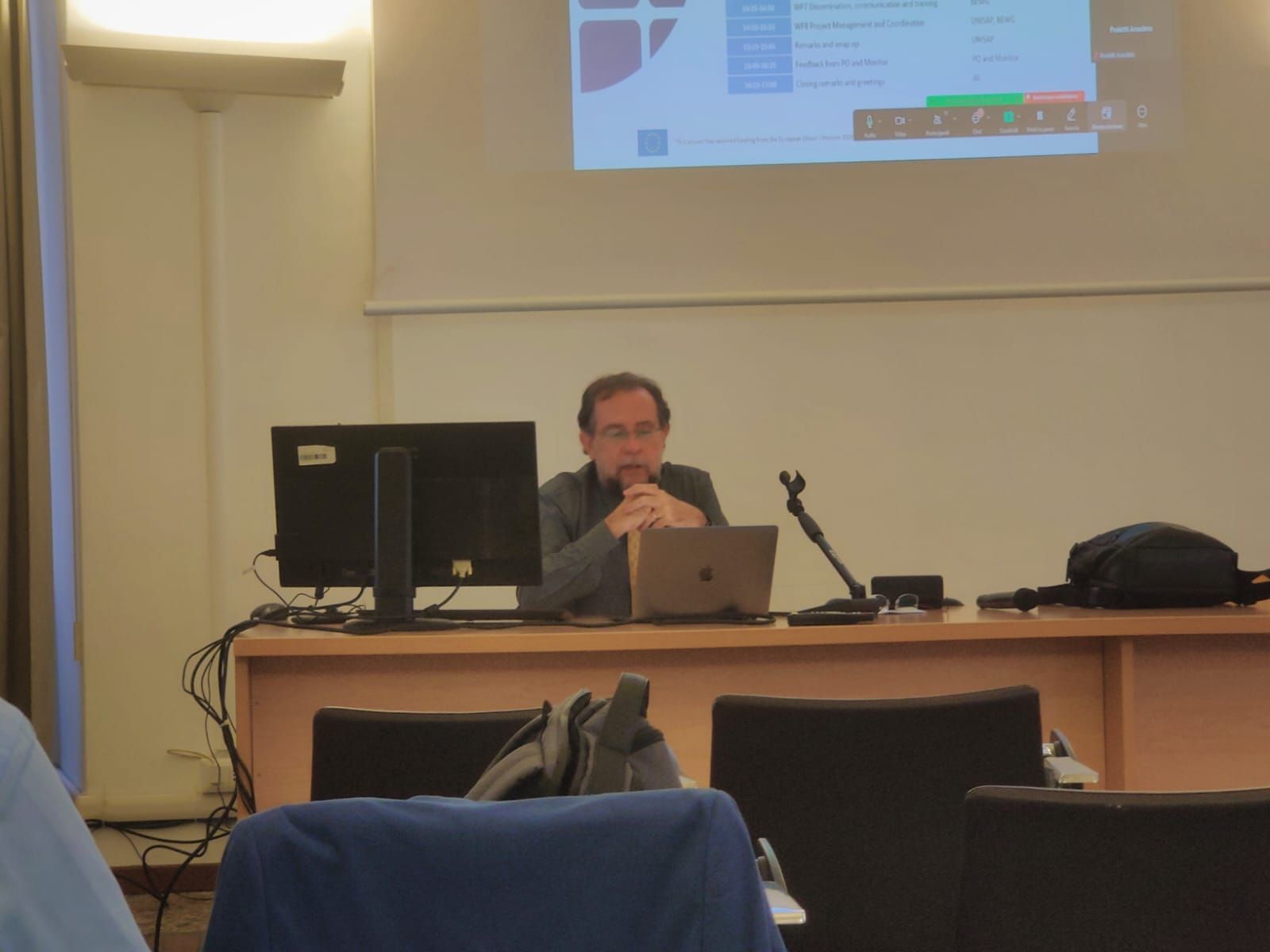
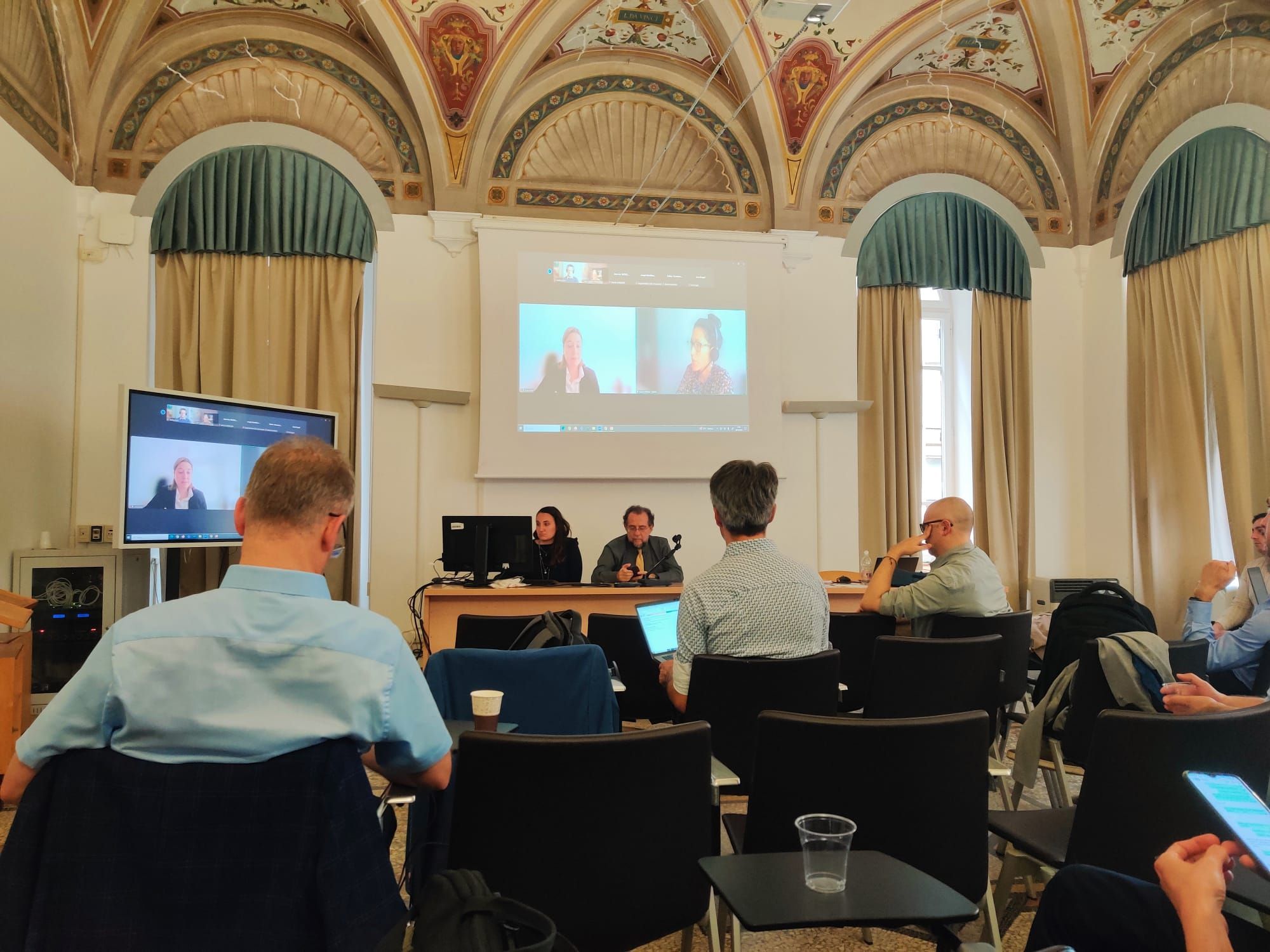
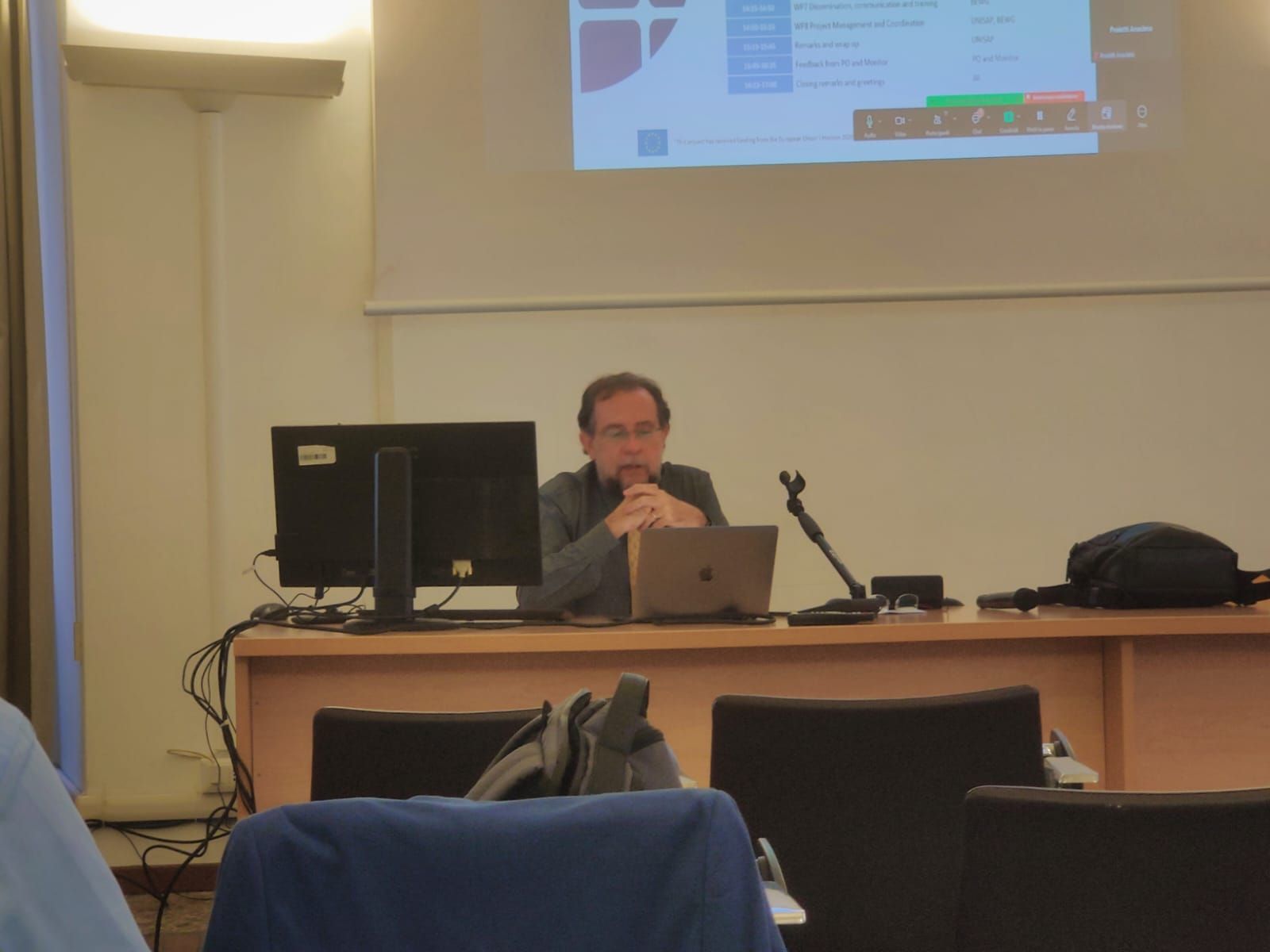
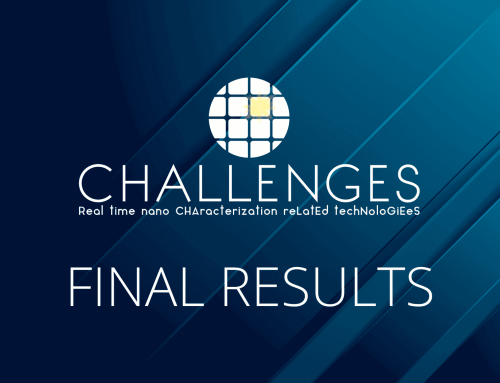
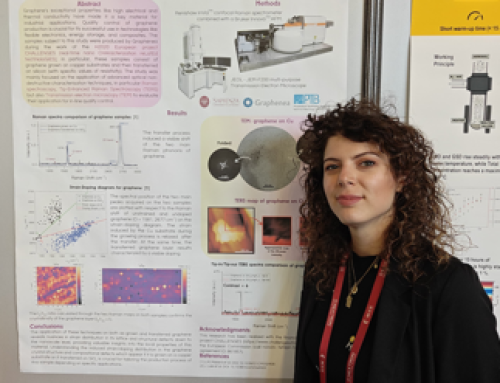
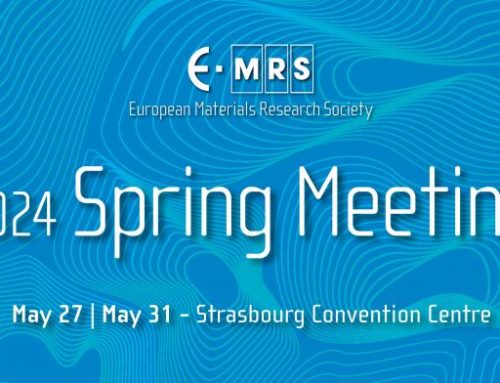
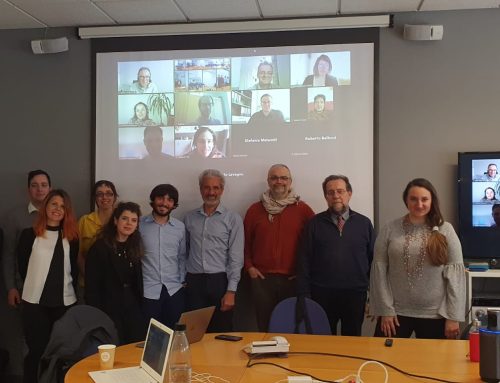
Leave A Comment